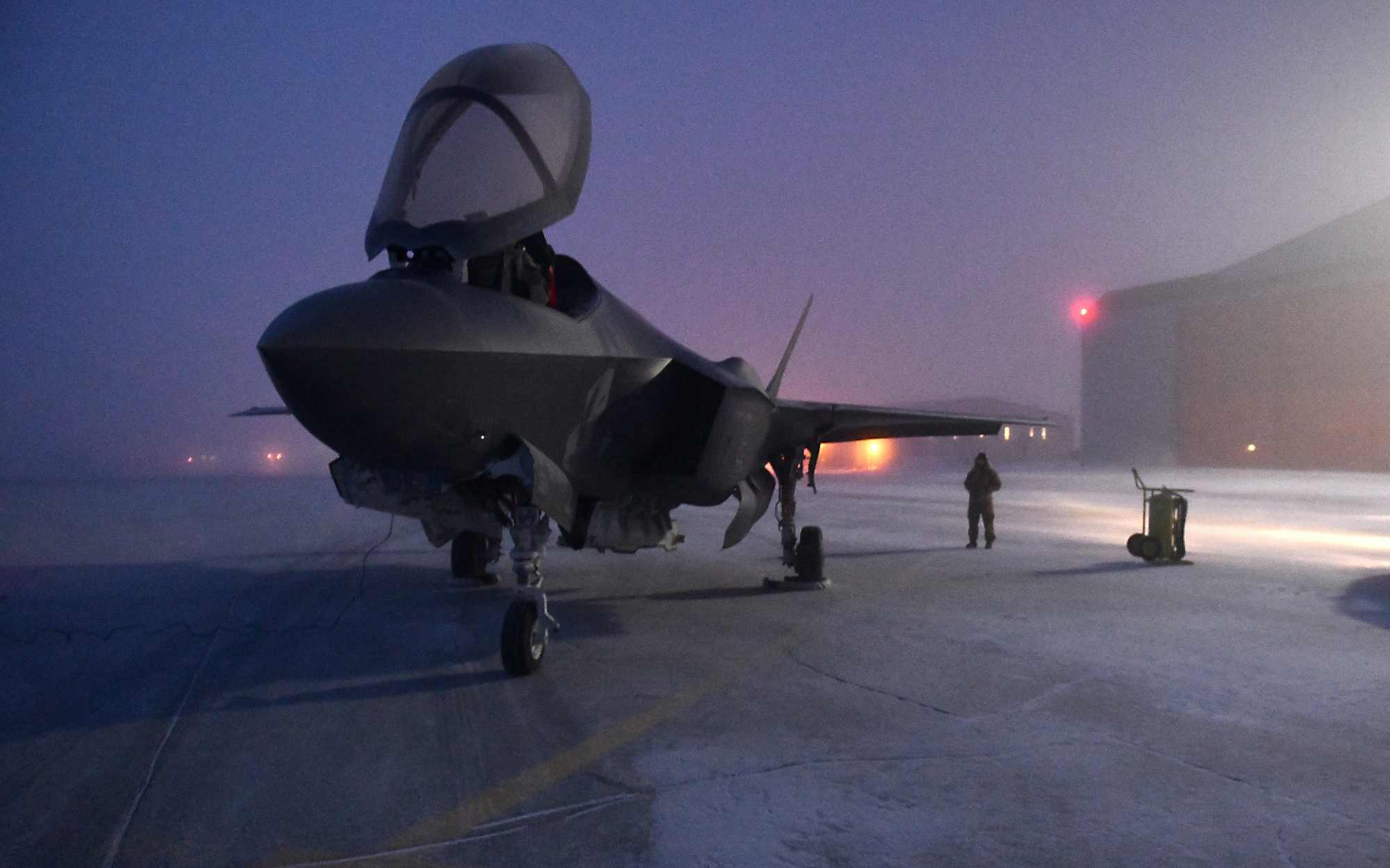Politicians and residents of Okinawa, where the Kadena Air Base of the United States is located, have once again expressed their displeasure with the increasing number of foreign fighter jets like the F-35 Lightning II causing noise pollution in the region.
Biden, Sunak, Modi: How US, UK & India Are Welcoming & Ejecting Refugees Based On National Interest
Experts noted that the U.S. military had been conducting drills in tandem with China’s growing assertiveness, resulting in an uptick in military activity. Hiroshi Toyama, Mayor of Kadena, Okinawa Prefecture, raised the issue of the expanding US military presence in the region on May 13.
US military training in Okinawa has increased, and the Japanese military’s reinforcement has expanded as Tokyo and Washington prepare to enhance their defense capabilities in Japan’s southwestern islands in reaction to China’s escalating military maneuvers.
In the face of mounting protests from the citizens of Okinawa, the Japanese Prime Minister has promised that reducing Okinawa’s excessive load of hosting US military bases is “one of the government’s most important issues. However, several “southwest shift” initiatives taken by the government have increased the burden on the Okinawans, as per a report in Japanese daily Mainichi.
According to reports, residents have alleged that serious noise pollution is being caused by the noisy F-35 and other stealth fighter jets deployed in tandem with the gradual replacement of F-15 fighter jets, which started in November 2022.
The F-35 Lightning II, a fifth-generation stealth aircraft, produces extremely high levels of noise. Projected as the most advanced stealth aircraft in the world, it is notorious for creating high-pitched noise depending upon its mode of operation and the altitude at which it is flying.
Some reports published earlier noted that the F-35 engine could produce a noise of up to 105 decibels when it operates without the afterburner. However, with an afterburner, the noise level can touch 150 decibels. EurAsian Times could not, however, verify these reports independently.
The F-35 has one of the world’s most powerful jet engines. It spews out high volumes of exhaust, and its fast acceleration results in a deafening whine. Some experts have reckoned that the F-35 produces a very high decibel noise level when operating at low altitudes.
For a long time, military analysts and physicists have flagged the vulnerabilities of a flying machine that come in the way of achieving a total stealth character. One attribute that figures highly on this list is noise.
Indian Air Force veteran Group Captain TP Srivastava (Retd), who flew MiG-21 and 29, previously explained in a EurAsian Times article, “Noise created by the aero-engine and friction caused by air resistance can neither be minimized nor eliminated. The roar of exhaust gases further supplements this noise. Neither source of noise can be eliminated. The presence of a flying machine will create substantial audible noise and indicate its presence and direction of approach to a trained person.”
Despite being very stealthy against air defense radars, the F-35 also has an extremely loud boom. As per some reports, the F-35 is perceived as being several times louder than an F-16 and an A-10. Most neighborhoods that are located near airfields that host the F-35 have complained of noise pollution.
For example, teacher Melina Lozano of Hawthorne Elementary School in California described an F-35 flying overhead a group of first-graders outside the school just south of an F-35 field, causing the students to scream and cover their ears, as the Wisconsin State Journal reported. “Those planes are twice as loud as the old planes [F-16s],” a first-grader remarked.
As far back as 2017, residents from Okinawa complained about the noise produced by the F-35A fighters conducting military drills. At that time, school teachers said they had to dismiss their classes due to the constant roars emitted by the fighter jets.

Okinawa Is Disenchanted With Military Presence
Expressing his anguish about the expanding military activity, Mayor Hiroshi Toyama said: “Our country’s security environment is becoming more severe, and base operations are intensifying. It’s difficult to feel that the burden has been reduced.”
As of September last year, about thirty thousand US soldiers were stationed on Okinawa, spread across multiple facilities throughout the main island, some of which are in densely populated residential areas.
Since the end of World War II, when American forces took control of the islands following three months of intense warfare that claimed the lives of a fourth of Okinawa’s inhabitants, Washington has maintained a sizable military presence on the island.
Although Okinawa only accounts for approximately 1% of Japan’s total land area, it is home to 70% of the nation’s US military outposts. These outposts have long been a cause of contention for the local populace. In fact, the citizens of Okinawa have frequently protested against the establishment of additional military infrastructure for use by US forces, with no threat from China withstanding.
Although 9,440 hectares of land in Okinawa Prefecture that were earlier solely used for American military installations have been restored to Japan since 1972, the prefecture still houses 70% of all American military installations in Japan. As of now, land reclamation efforts are underway off the prefecture’s coast near Nago in preparation for the USMC Air Station Futenma’s transfer from the nearby city of Ginowan.
In the meantime, there has been a steady advance in the deployment of the Japanese Self-Defense Force (SDF) unit at the prefecture. The Japanese Ministry of Defense stationed a camp for the Ground Self-Defense Force on Ishigaki Island in March 2023, and in March 2024, a surface-to-ship missile regiment was stationed in the city of Uruma in central Okinawa.
Okinawa Gov. Denny Tamaki cautioned, “The establishment of SDF facilities should be considered in conjunction with the reduction of the U.S. military base burden.”
The Okinawans have persisted in their demand to remove the military’s presence on the island. However, with China’s enhanced security threat, the region has seen more military instead of a sustained reduction.






